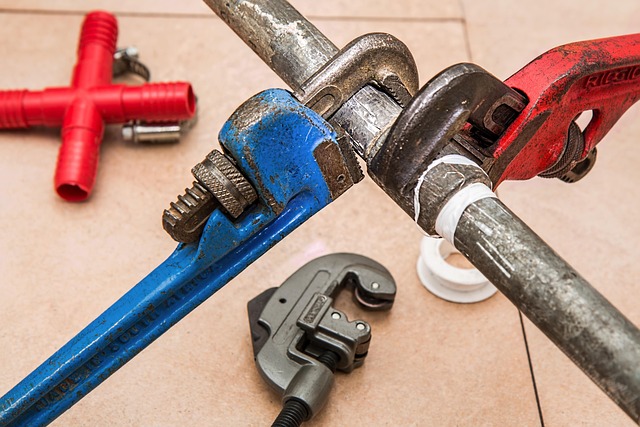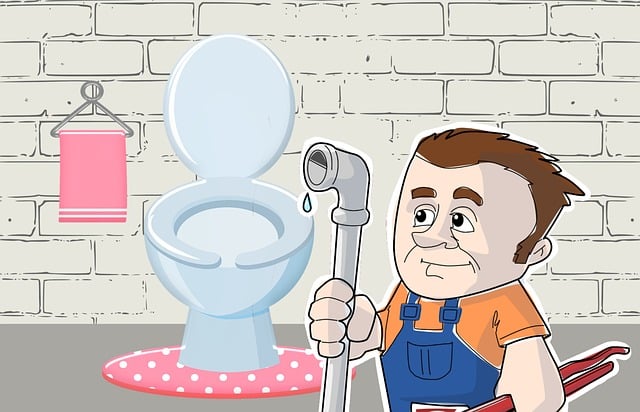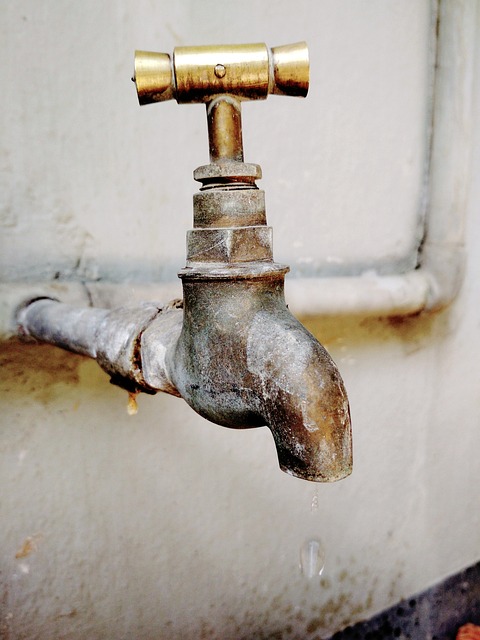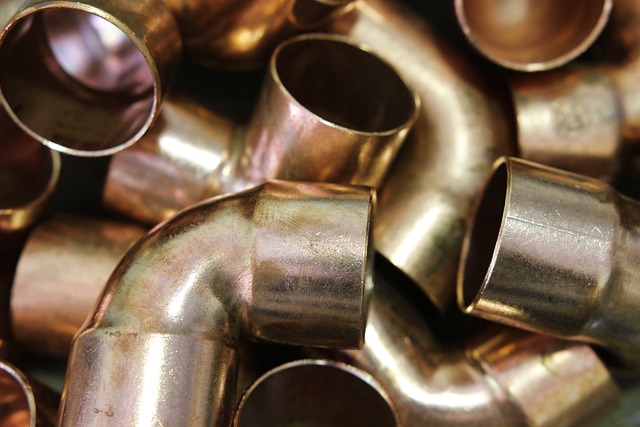Residential plumbing services are essential for maintaining your home's water and waste management systems. Leak detection is a key component, with professionals using advanced techniques like visual inspections, sound detection, and electronic devices to identify leaks promptly. Ignoring leaks can cause significant damage and wasteful water usage. Advanced technology, such as infrared cameras and ground-penetrating radar, has transformed leak detection methods, enabling faster and more accurate identification. Timely repair is crucial to prevent costly damages and ensure property longevity. Residential plumbing services play a vital role in regular maintenance, promoting efficient water usage, and safeguarding the environment.
In the realm of residential plumbing services, understanding leak detection is crucial. This comprehensive guide delves into the basics of identifying and repairing water leaks in homes, covering everything from common causes to advanced technology. We explore the effectiveness of visual inspections versus digital tools, emphasizing the importance of timely leak repair for homeowners. Additionally, we discuss environmental impacts and offer preventative measures to avoid these pesky plumbing issues.
Understanding Residential Plumbing Services: The Basics of Leak Detection

Residential plumbing services are an essential component of home maintenance, focusing on ensuring the smooth functioning and longevity of a home’s water and waste management systems. At its core, leak detection is a critical aspect of these services. It involves identifying and rectifying any leaks within pipes, fixtures, or appliances to prevent costly damage and wasteful water usage.
Professional plumbers employ various advanced techniques and tools for leak detection. These range from visual inspections and listening for unusual sounds to utilizing electronic devices that detect moisture levels and pressure changes. By understanding these basics, homeowners can better appreciate the expertise involved in residential plumbing services and the importance of regular maintenance to prevent leaks and associated issues.
Common Causes of Water Leaks in Homes: A Comprehensive Overview

Water leaks in homes are a common issue, often arising from various sources within the plumbing system. Identifying the root cause is crucial for effective leak detection and repair, especially when aiming to prevent further damage and reduce water wastage. Understanding these causes can help homeowners and residential plumbing services prepare and respond swiftly.
Some of the primary reasons include aged or damaged pipes, which may develop cracks or corrosion over time; faulty fixtures like faucets, showerheads, or toilets that experience wear and tear; and inadequate drainage systems leading to overflows during heavy rainfall. Additionally, poorly sealed joints, broken valves, and misaligned pipes can contribute to leaks. Regular maintenance and inspection by residential plumbing services can help identify these issues early on, ensuring prompt repair to avoid costly damages.
Advanced Technology in Leak Detection Systems

Advanced technology has revolutionized residential plumbing services, making leak detection more efficient and precise. Traditional methods often relied on visual inspection and manual testing, which could be time-consuming and miss subtle issues hidden behind walls or under floors. Today, innovative leak detection systems employ a range of cutting-edge tools to identify even the smallest leaks.
These include infrared cameras that can detect temperature variations indicating water leaks, ground-penetrating radar that visualizes underground pipes, and smart sensors that monitor water pressure and flow rates in real time. By integrating these advanced technologies, residential plumbing services can now pinpoint leak locations with accuracy, minimizing damage and disruption to homes.
Visual Inspection vs. Digital Tools: Which is More Effective?

In the realm of residential plumbing services, leak detection has evolved from traditional visual inspections to embracing advanced digital tools. While a meticulous visual check remains a fundamental step, especially for visible pipes and fixtures, it often misses subtle leaks hidden behind walls or beneath floors. This is where digital technology steps in as a game-changer. Tools like moisture meters and thermal imaging cameras can detect even the faintest traces of water intrusion, providing a comprehensive view of potential leak locations.
Digital leak detection offers several advantages over manual methods. It allows for faster identification of issues, reducing damage and repair costs. Moreover, these tools provide data-driven insights, enabling professionals to pinpoint problem areas accurately. In today’s digital era, combining visual inspections with advanced technology ensures a more efficient and thorough approach to leak detection, ultimately benefiting homeowners and residential plumbing services alike.
The Importance of Timely Leak Repair for Homeowners

Timely leak repair is paramount for homeowners, as it prevents significant damage and ensures the longevity of their properties. Ignoring leaks can lead to costly repairs, from replacing ruined flooring and drywall to fixing or even rebuilding structural elements. Moreover, leaks can foster mold growth, which poses health risks and further complicates remediation efforts.
Residential plumbing services offer a critical safety net by identifying and rectifying leaks before they escalate. Professional plumbers utilize advanced tools and techniques to pinpoint the source of a leak, minimizing disruption and damage. Regular maintenance checks, including leak detection, are essential practices for homeowners aiming to protect their investments and maintain comfortable living environments.
Environmental Impact of Unaddressed Plumbing Leaks

Unaddressed plumbing leaks in residences can have significant environmental consequences, often going unnoticed until severe damage occurs. These leaks contribute to water wastage, a critical global issue given the increasing demand for clean water resources. In homes, even small, persistent drips from faulty pipes or appliances can lead to substantial water loss over time, adding up to hundreds of gallons wasted annually. This not only affects local water supplies but also increases the energy consumption required to pump and treat this excess water.
Moreover, when leaks go unfixed, they can result in soil and water contamination if the leaked water seeps into the ground or nearby bodies of water. The release of chemicals from plumbing materials, such as lead or copper, can contaminate groundwater, posing health risks to both humans and wildlife. Residential plumbing services play a vital role in mitigating these issues by offering leak detection technologies and repair solutions that ensure efficient water usage, protect natural resources, and maintain a healthier environment for communities.
Preventative Measures: Tips for Homeowners to Avoid Water Leaks

Water leaks are a common issue in homes, often leading to significant damage and costly repairs. As such, taking preventative measures is key for homeowners aiming to avoid these headaches. Regular maintenance plays a crucial role; checking pipes, fittings, and appliances for any signs of wear or damage can help identify potential leak points before they become problematic. Insulating pipes against extreme temperatures, especially in older homes, prevents freezing and subsequent bursting.
Additionally, homeowners should consider installing modern fixtures and appliances that are designed with built-in leak detection features. Many residential plumbing services now offer advanced solutions, such as pressure monitoring systems and smart shut-off valves, which can quickly respond to leaks, limiting water damage. Regular inspection of drainage systems and downspouts ensures proper water flow away from the foundation, reducing the risk of basement or crawl space flooding.
